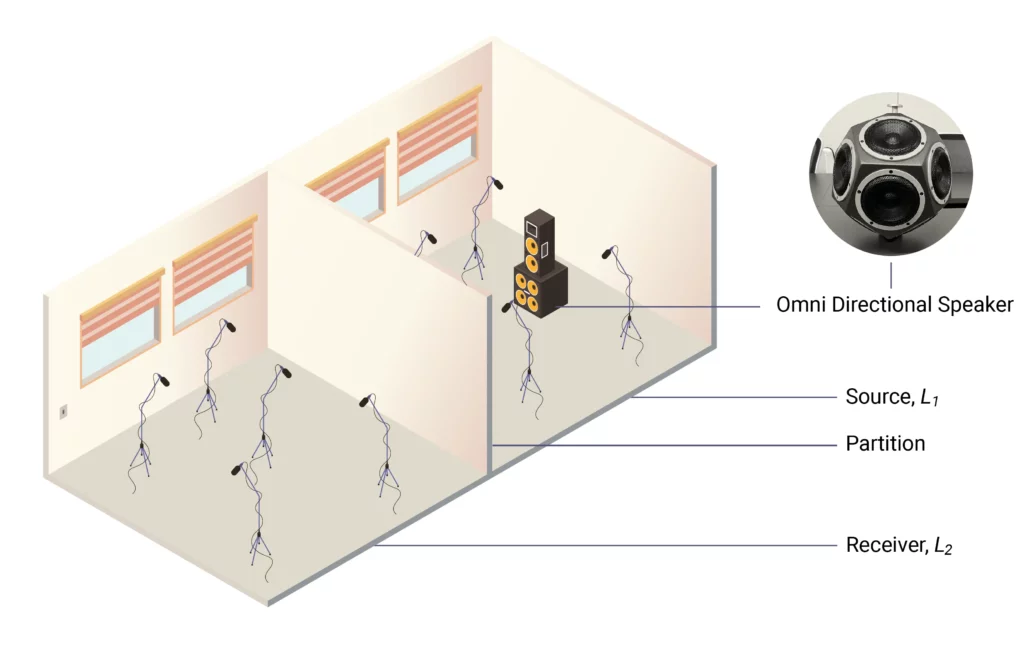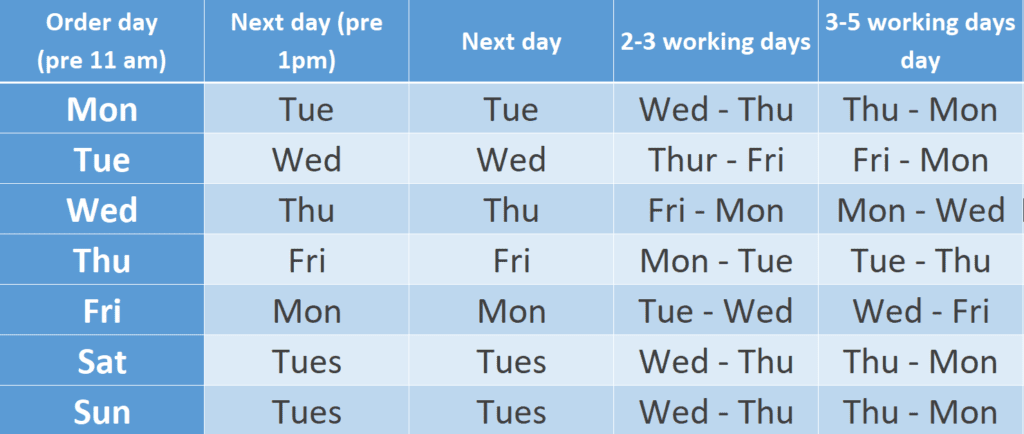Getting started
Sound Testing
Ikoustic can provide you with building-regulation sound testing to see if an existing partition needs treatment or can pass Part E without treatment. You’ll be in safe hands if your partition does need treating as we are soundproofing experts and will happily provide you with the advice you need to pass Part E.
UK Sound testing
Enquire about Sound Testing
includes two tests
What is sound testing and when can it be done for me?
Sound Insulation Testing – Part E Building Regulations.
Sound insulation testing is a legal requirement on new build dwellings as well as dwellings formed by material change of use. Part E of the Building Regulations is in place to ensure that dwellings conform to an agreed level of acoustic performance, to try and offer a level of privacy between homes.
About the sound testing
The two types of sound testing
Sound testing is commonly referred to as “pre-completion” testing, which means that the testing is carried out in the stage just prior to the development being completed.
This is applicable to new builds but could also refer to a test to be completed in a finished residence which is planning design/construction changes.
Airborne sound test
- This test will be carried out between any partition dividing a dwelling, so a wall, floor or ceiling.
- It is carried out by playing pink or white noise through a loudspeaker and measuring the levels in both rooms.
- The test will measure the amount of noise transmitted through the air and calculate how much noise is lost through the partition.
- Examples of airborne noise are normal conversations, tv noise, music, and many more.
Impact sound test
- This test is carried out on a floor/ceiling dividing dwellings.
- A tapping machine is used on the floor above the room in which the sound level is measured.
- The test will measure the structural vibrations transmitted through the floor by the tapping machine
- Examples of impact sound are footsteps and dropping objects.
What will happen on the day of sound testing?
- Before we arrive, it is imperative that the rooms to be tested are properly prepared. We’ll send you a checklist before we arrive.
- Our engineer will arrive and explain how the tests will be completed and outline any requirements needed in terms of closing doors, windows, and any other noise sources in the area.
- Using state-of-the-art sound testing equipment, the tests will be carried out on the partition in question.
- A test usually takes between 1-2 hours.
- This is dependent on the readiness of the room.
- The engineer will need easy access to both rooms.
- If different floor solutions are being tested, it is worth accompanying the engineer to hear the effect each new build-up can have in comparison to the bare floor.
- Given successful sound testing, the engineer will pack up equipment, and return rooms to the former state and the test report will be with you the next day!

FAQ’s
What my result will look like
Airborne
The performance figure given will be a difference between the two noise levels in each room. This means the higher the figure, the better the partition at airborne sound insulation.
Impact
The performance figure given is the level measured in the receiving room (no comparison is drawn between the room above). This means that the lower the figure, the better the partition is at impact noise reduction.
Post-result consultancy is available from iKoustic, where practical acoustic solutions are available from our wide range of products.
Action to be taken after the result
Once the results are produced and sent to you in a digital format (paper format available on request), a copy should be stored in a safe, accessible place.
Assuming that your results demonstrate that you have passed the sound insulation tests, then a copy of the results can be forwarded to your local authority, building control officer, or person(s) overseeing your project. These results will then be looked through and the usual protocol is that the project will be signed off, following the sharing of satisfactory sound insulation test results.
If your results demonstrate a sound test failure, then some remedial works will need to be carried out, to improve the acoustic performance of the partition to the level of Part E Building Regulations. Once the partition is retested, assuming that it now passes, then the sound insulation test certificate can be shared with your local authority, building control officer, or person(s) overseeing your project.
Sound test enquiry form
What dB reduction is needed to pass Part E?
| Airborne Sound Insulation (DnT,w + Ctr dB minimum values) | Impact Sound Insulation (L’nT,w dB maximum values) | |
| New Build | ||
| Walls | 45 | |
| Floors & Stairs | 45 | 62 |
| Conversions | ||
| Walls | 43 | |
| Floors & Stairs | 43 | 64 |
Reverberation Testing
Reverberation gives colouration to the sound within a space. When the reveration time is long, it can create a cavernous, uncomfortable environment where speech intelligibility can be negatively impacted. An RT60 test needs to be carried out in large environments where reverberation is an issue. This test measures the time it takes the sound within the space to decay by 60dB.
A large dodecahedron speaker is placed in the room for sound testing, and using an ‘interrupted noise’ will play a white noise frequency for a set amount of seconds and then shut the noise of immediately – the decay in noise is measured to determine the RT60, giving the result in seconds.
This is very important in managing acoustic comfort for restaurants, workplaces and in education, where the experience, productivity and learning, respectively, can all be affected!

